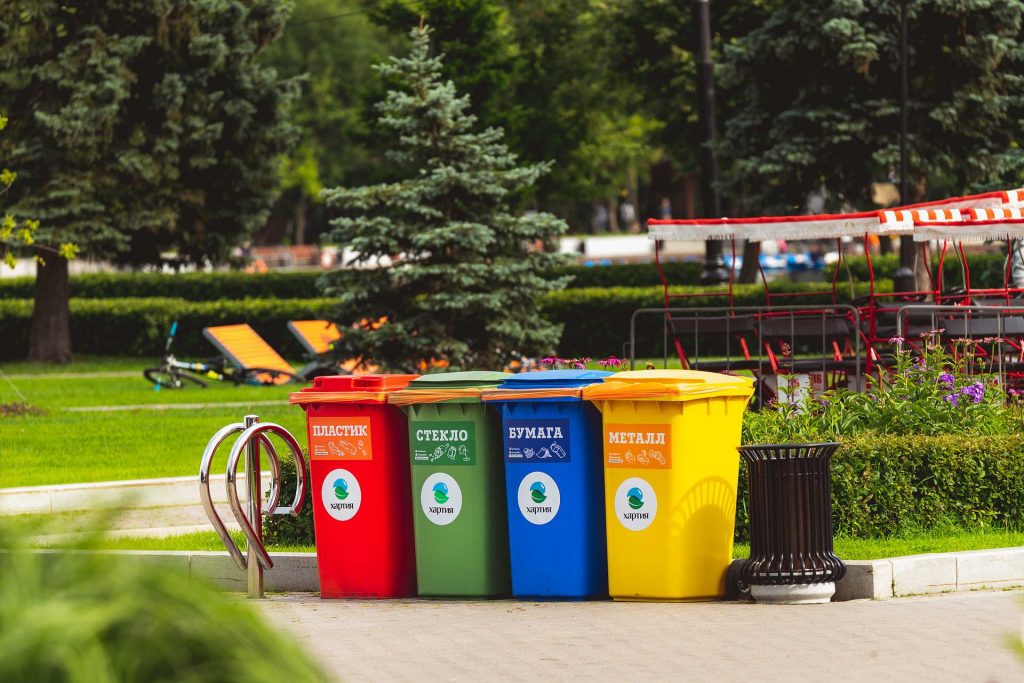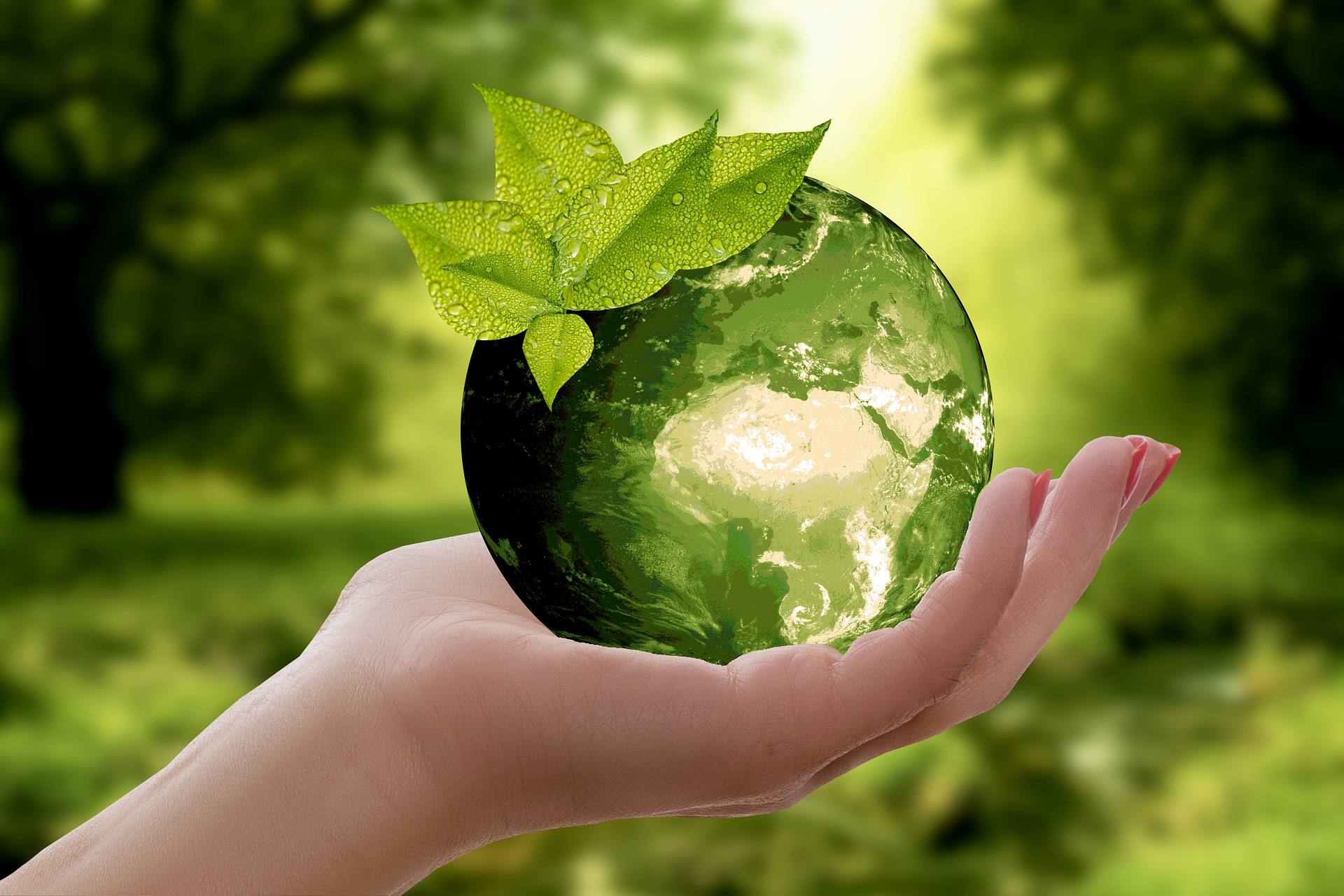The world is generating more waste than ever before. According to the World Bank, the world generated 2.01 billion tonnes of municipal solid waste (MSW) in 2016, more than double the amount generated in 1980. And the amount of waste is expected to grow even further in the coming years. Think twice before buying a new mobile phone as the odd one won’t be recycled in the right way. Besides, the old one can help you to earn the new one by joining CasinoChan.
With the world’s population expected to reach 9.7 billion by 2050, the World Bank estimates that MSW could grow to 3.4 billion tonnes by that time. While the amount of waste being generated is increasing, the amount of waste being recycled is not keeping pace. According to the World Bank, the global recycling rate was only 17 percent in 2016. This means that 83 percent of the world’s waste is being landfilled or incinerated.
Low Recycling Rates

There are many reasons for the low recycling rates. One reason is that recycling can be expensive. It can cost more to collect and process recyclable materials than it does to simply dispose of them. This is especially true in developing countries, where recycling infrastructure is often lacking. Another reason for low recycling rates is that not all materials can be recycled. Some materials, such as food waste and certain plastics, are not easily recyclable. This means that they often end up in landfills or incinerators.
Recycling Saves The Planet

Recycling is important for a number of reasons. One reason is that it can help to conserve resources. When recyclable materials are recycled, they can be turned into new products, which reduces the need to extract and process virgin materials. This can help to conserve energy, water, and other resources. Recycling can also help to reduce pollution. The process of extracting and processing virgin materials can release a number of pollutants into the environment, including greenhouse gasses.
Recycling can help to reduce these emissions. In addition, recycling can create jobs. According to the World Bank, the recycling industry employs 7.3 million people worldwide. This includes jobs in collection, sorting, and processing facilities.
Despite the challenges, there are many reasons to recycle. And there are a number of initiatives underway to increase recycling rates around the world.
In Europe, the European Union has set a goal of recycling 50 percent of MSW by 2030. This is an ambitious goal, but one that is achievable with the right policies and investments.
In China, the government has invested heavily in recycling infrastructure. And it has implemented a number of policies to increase recycling rates. For example, in some cities, residents are required to sort their waste into different categories. And in Beijing, a new “waste-to-energy” plant has been built that can process 2,000 tonnes of waste per day.
There are also a number of initiatives underway in the United States. In 2017, the city of San Francisco launched a new program that gives residents a discount on their trash bill if they recycle. And in 2018, the city of Seattle launched a program that gives residents a rebate for recycling certain materials. These are just a few of the many initiatives underway to increase recycling rates around the world.
With the right policies and investments, the world can start to make a dent in the amount of waste being generated.
